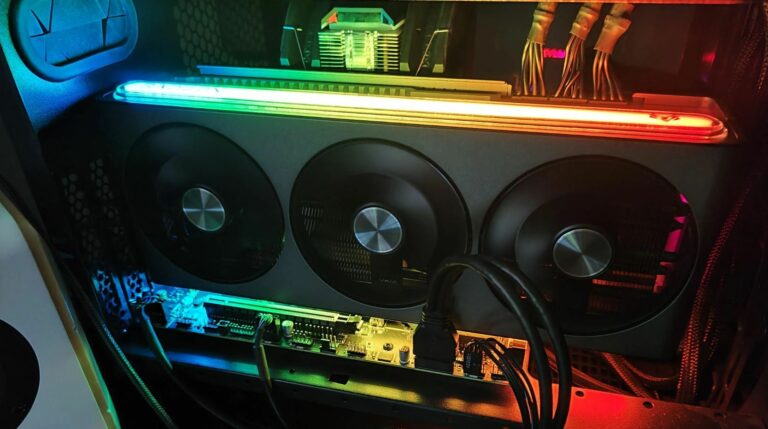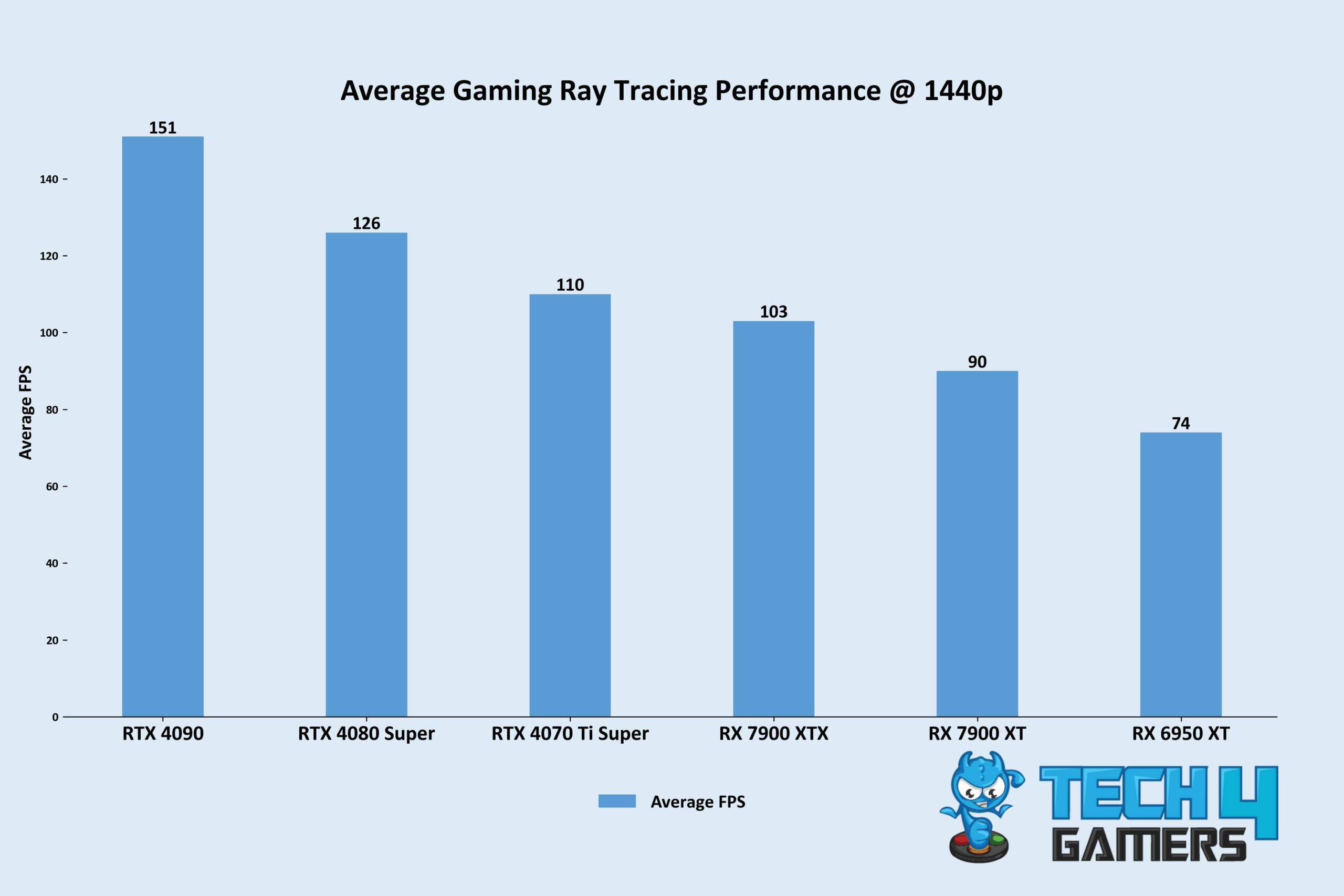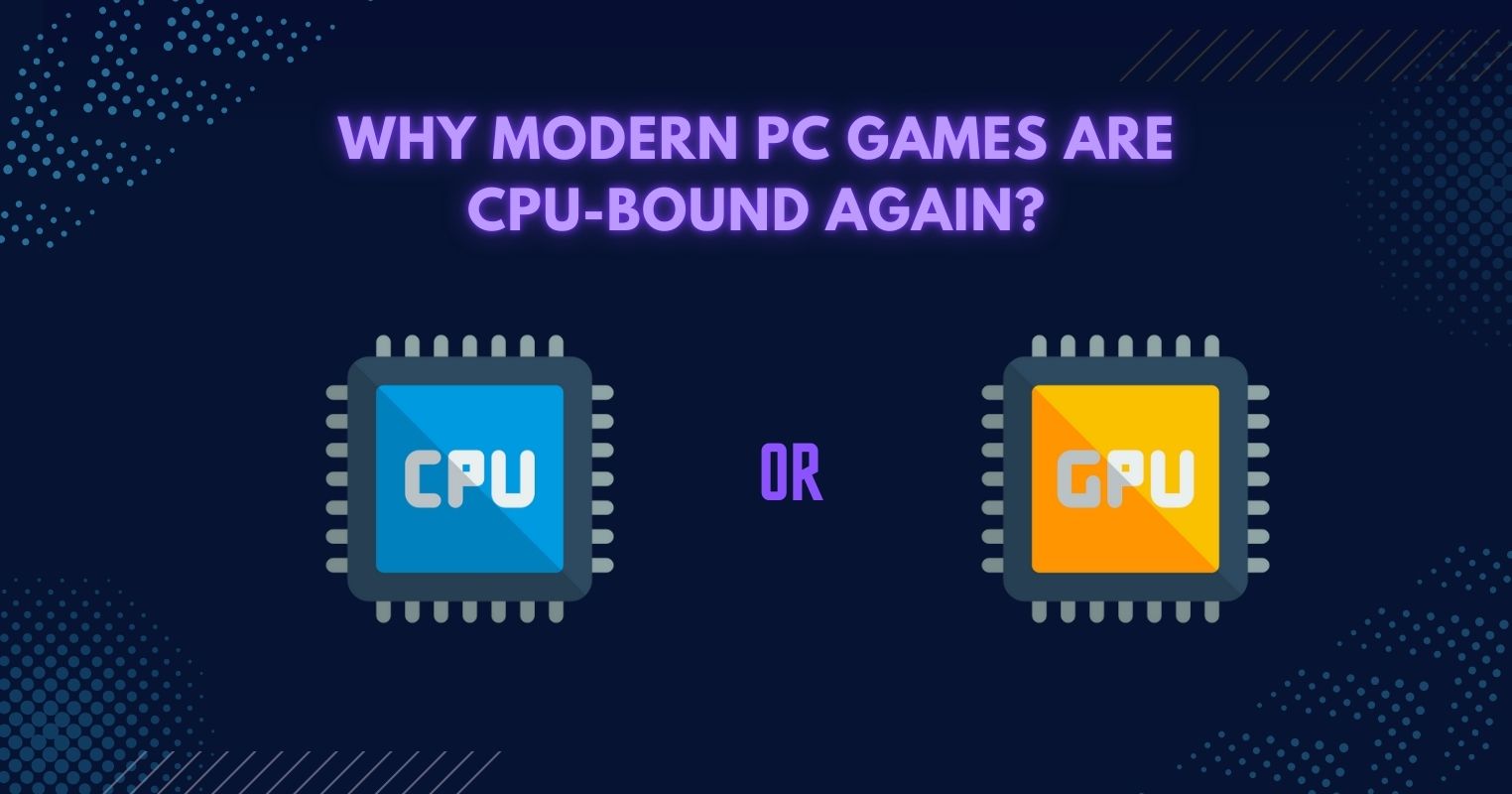- AMD’s RDNA 4-based GPUs, set to launch next year, are expected to feature Navi 48 and Navi 44 chips with clock speeds between 3GHz and 3.5GHz.
- AMD should focus on mid-range GPUs rather than competing with NVIDIA’s high-end models, offering strong performance at lower prices.
- Enhancements in FSR, competitive ray tracing performance, and better power efficiency are crucial for AMD’s success with RDNA 4 GPUs.
If you are a PC gamer, new processors, motherboards, and new memory technologies are cool, but ultimately, the graphics card is the king of the hill. There’s just something so cool about the hype and announcements surrounding the graphics cards, whether it’s the performance improvements, new technologies, improvements to ray tracing, and all of the other stuff.
I have great news for AMD GPU users: According to inevitable leaks, AMD will launch its RDNA 4-based GPUs next year. Will RDNA 4 architecture be able to boost AMD’s GPU performances to the levels of NVIDIA’s RTX 4080 or even RTX 4090? Let’s talk about it.
The Leaked Specs: A Promising Peek
AMD’s upcoming RX 8000 series GPUs will be based on RDNA 4 architecture. This is an improvement over the current RDNA 3 architecture used in the RX 7000 series and AMD SoCs. These GPUs will be tentatively based on TSMC’s N4P process node.
For now, rumors state that there will be only two chips, a Navi 48 and a Navi 44. These chips will have clock speeds ranging from 3GHz to 3.5GHz. They will feature GDDR 6 memory, unlike the upcoming NVIDIA RTX 50 series, which will fully adopt the latest GDDR 7 memory with a maximum capacity of 16GB.
The latest rumor has been shared by @Kepler_L2, who has revealed the patches for AMD’s upcoming RDNA 4 GPUs and its RT (Ray Tracing) engine. Right now, AMD GPUs can process ray tracing, but they do it entirely differently from NVIDIA or even INTEL. They don’t have a separate block process ray tracing. Their ray tracing shaders are only a particular portion of their regular cores. Will RDNA 4 be able to change this trend? Only time will tell.
AMD vs NVIDIA
Will AMD be able to compete with NVIDIA with the launch of RDNA 4? I don’t think so in terms of high-end GPUs. According to Youtuber Moore’s Law Is Dead, AMD will not feature any high-end GPUs in its RDNA 4 architecture, which is a good sign. They should play in the mid-range as they have before with their Polaris series.

At this point, NVIDIA doesn’t really care much about its gaming sector. It has transferred from a complete gaming company to a full-fledged AI company, and it is making massive revenue out of it. That is why I believe it will not really give as much thought to its mid-range GPUs as it will to its higher-end GPUs.
If NVIDIA launches a GPU that is, let’s say, 2x more potent than RTX 4090, everyone will buy it. They can price it whatever they want, and still, people will buy it because they know they cannot get better performance from any other higher-end GPU.
My Take On How AMD Could Improve
Obviously, when I talk about playing in the mid-range market, they also need to make a few improvements. FSR improvement should be one of AMD’s key targets in RDNA 4. AMD also needs to have a competitive ray tracing performance in their GPUs. Yes, rasterization is good, but whether you love it or hate it, Ray tracing will be the gaming industry’s future.

If we look at AMD GPUs, I think the 7800 XT is one of their best-ever GPUs, even if we compare it to NVIDIA and INTEL GPUs. It offers you excellent performance value for money, but the problem with that GPU is that it is power-hungry compared to its competitors. This has been a problem with AMD’s high-end GPUs. AMD’s RDNA 4 can be their redemption arc in this aspect.
A New Era Of GPU Performance?
AMD’s RDNA 4 architecture promises to redefine GPU performance across the board. If AMD delivers on the leaked specs, we could witness a significant shake-up in the GPU market. This competition would ultimately benefit consumers.
At the end of the day, we have to wait and see whether RDNA 4 will offer more performance with a lower price tag than RDNA 3. I am really hopeful that RDNA 4 will revive AMD’s GPUs and bring the best out of them.
Thank you! Please share your positive feedback. 🔋
How could we improve this post? Please Help us. 😔
[Hardware Reviewer]
Awais Khan is a Tech Geek, conscientious, reliable, and hardworking individual who pays attention to detail with excellent time management skills. Alongside that, he is an expert in PC Hardware; dealing with Benchmarks, Analysis, and testing before sharing information with readers. Whenever free, Awais occasionally shares Gaming Videos on his YouTube Channel.
Get In Touch: awais@tech4gamers.com




